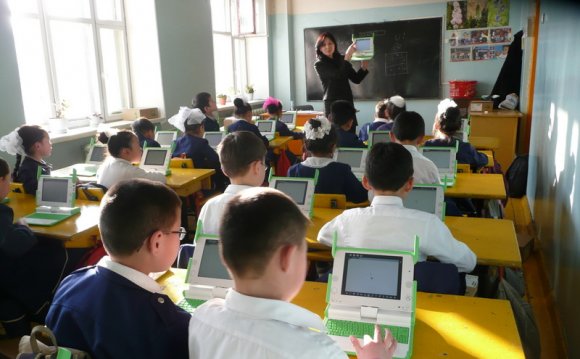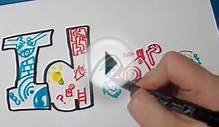
It’s no secret that using technology in the classroom, in K-12 and in higher education, has been a controversial debate for the last couple of decades. Parents, teachers, policy makers, and students alike have weighed and argued the potential benefits versus the risks and consequences of classroom technology, not only referring to the devices many students personally own, but also when referring to the integration of tools into the everyday education experience.
Through my role at Top Hat, I speak with an average of 100 professors per week, and meet with dozens to discuss their teaching styles, their fields of work, and how they might integrate technology into their classrooms.
On a daily basis, I listen to you, professors, and your enthusiasms, your fears, your hesitations, and your successes regarding using technology and what it will mean to you and your students.
Based on the regard I hold for these educators’ experience and insight, and personal research I have conducted, I have compiled a list of six pros and six cons of using technology in the classroom.
We breakdown the benefits and drawbacks of using technology in the classroom
What does it mean to use technology in the classroom?
If you asked me as a second grader in California in the mid-1990s, my answer may have been “”, a computer game for young students that teachers allowed when students finished their class work. (Its creators, the Minnesota Educational Computing Consortium, might disagree with me, holding that it teaches planning ahead, budgeting, management, and U.S. History.)
, the mathematics coordinator for the National Math + Science Initiative, defines education technology as “any tool that can be used to help promote human learning, including – but not limited to – calculators, tablets, Smart Boards, video cameras, digital cameras, MP3 players, Portable Digital Assistants (PDAs), and, of course, the computer.” I’d, of course, like to add lecture engagement platforms, such as Top Hat, to that list.
There is certainly a growing, changing role of the college professor from a sage-on-the-stage to a more interactive designer of instruction and classroom experience. This can be a fantastic opportunity for you to experiment and grow in realms you perhaps hadn’t originally considered.
The Pros
-
Using technology in the classroom allows you to experiment more in pedagogy.
As an academic professional, you’ll learn more about how to effectively design and execute a class guided with technology. Whether it’s a dramatic change such as teaching with a flipped-classroom, or just adopting a single tool for a specific project or term, you’ll learn something new in modern academia! Being well-versed in technology can also help build your credibility with students, and even with fellow colleagues.
-
There are countless resources for enhancing education and making learning more fun and effective.
From apps to organizational platforms to e-textbooks and more, there are many amazing tools that can help you. In my recent article Top Ten EdTech Tools to Set Your Class Up for Success, I highlight tools that will help both students and professors alike collaborate, share ideas, stay organized, and more to get the most out of learning.
-
Technology can automate a lot of your tedious tasks.
As highlighted in my Top Ten EdTech Tools list (above), there are engagement tools like Top Hat that can automate grading for you and keep track of student performance. Similarly, tools like Top Hat can help you streamline grading for writing assignments, discussions, and participation, and answering common student questions, which otherwise can seem daunting due to their objective nature.
INTERESTING VIDEO












